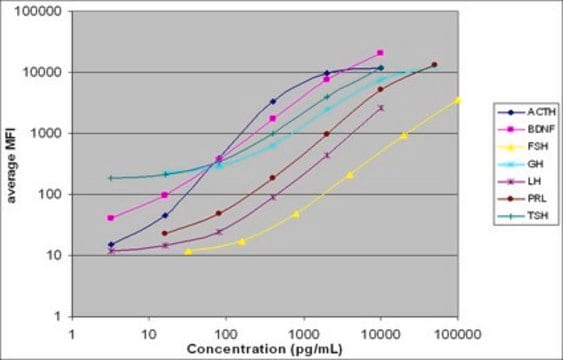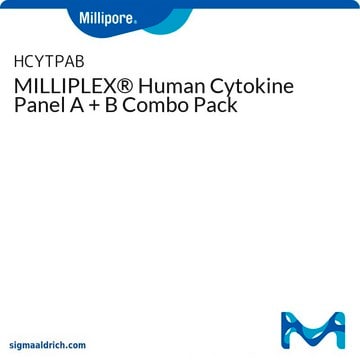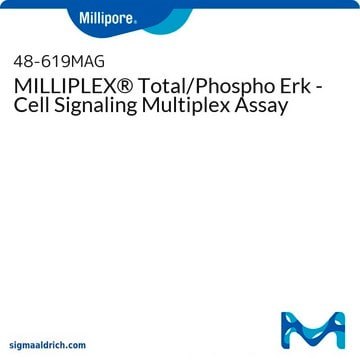The Milliplex Human Apolipoprotein Magnetic Bead Panel includes the following components:
- APO AI: It consists of a capture antibody (monoclonal) designed against purified full length human apolipoprotein A1, and a detection antibody (monoclonal) specific to human APO A I, whether purified or in the form of HDL.
- APO AII: This includes a capture antibody (polyclonal) specific for human apolipoprotein A II, and a detection antibody (polyclonal) also specific to human APO II.
- APO B: It comprises a capture antibody (monoclonal) specific for native human APO B in the form of LDL, and a detection antibody (monoclonal) specific to human APO B in the form of LDL.
- APO C II: This involves a capture antibody (polyclonal) specific to human APO CII, with a corresponding detection antibody (polyclonal) specific to human APO C II.
- APO C III: It contains a capture antibody (polyclonal) specific to human APO CIII, along with a detection antibody (polyclonal) specific to human APO C III.
- APO E: This component includes a capture antibody (polyclonal) specific to human APO E, and a detection antibody (polyclonal) specific to human APO E.











